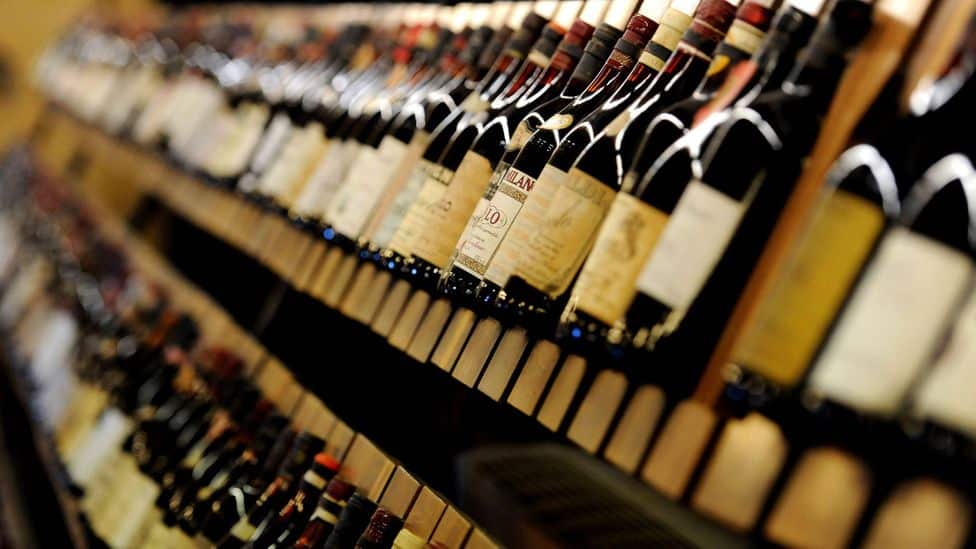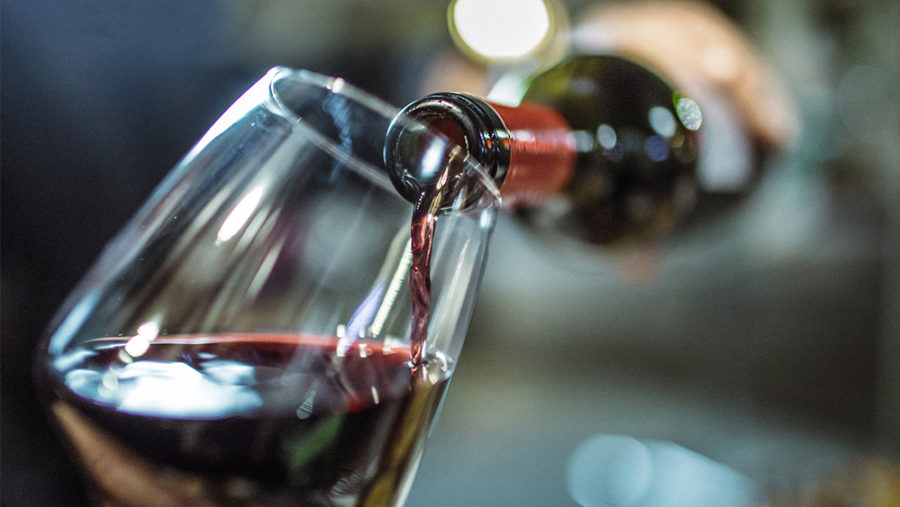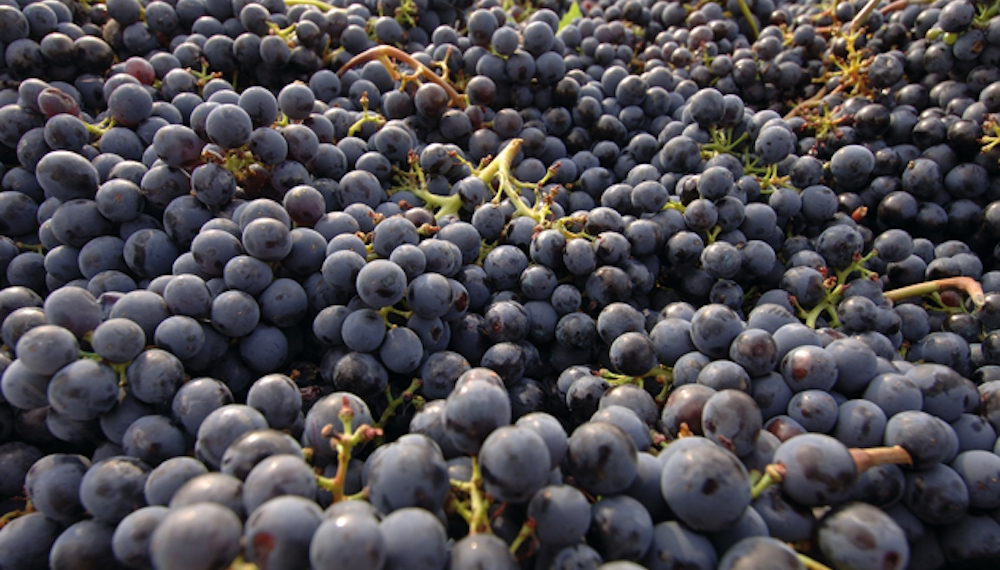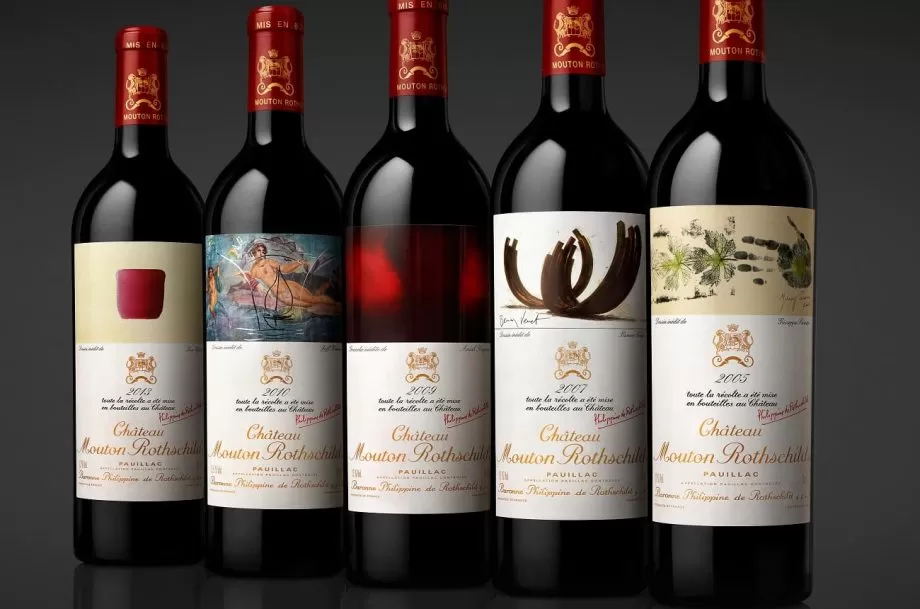Younger generations are key to online wine success. Ahead of Wine Paris and Vinexpo Paris in February 2023, organisers have partnered with Wine Intelligence to delve into the drinking habits of UK wine consumers.
Wine Intelligence, a division of the IWSR group, surveyed over 1000 UK wine drinkers to offer a comprehensive overview of the market, both on trade and off trade.
Among the key takeaways was the role the younger generations might play in reinvigorating wine sales. According to Wine Intelligence, Gen Z (18-24) and Millennials (25-39) account for 26% of the regular wine-drinking population.
LDA (Legal drinking age) Gen Z and (to a lesser extent) Millennials reportedly drive still wine consumption, especially for up-tempo social occasions. Meanwhile, the report stated that Millennials exhibit a particularly high willingness to trade up.
This suggests that wine has specific social values for the younger generations, potentially prompting curiosity, involvement and higher spending levels for special occasions.

Online wine success
However, Boomers and Gen X (40-54) remain key targets for the wine industry – representing a combined 73% of the wine-drinking population and 66% of total spend in off-trade.
Predictably, older consumers are mostly focused on functional attributes (taste, relaxation, food matching) and are less interested in trying different styles (31% of Boomers said they would try new styles vs 48% of Gen Z and Millennials).
Furthermore, fewer Boomers exhibit an interest in alternative wines (less than 10%), whereas the rest of the wine-drinking population have sought to buy Fairtrade wine, ‘natural wine’, organic wine, environmentally friendly wine and vegan wine in the last six months (10%+ penetration).
In the off-trade, consumers aged 18-39 account for 34% of total spend in off-trade, despite only accounting for 26% of the wine-drinking population.
The younger generations have an even greater share of wine spend in the ecommerce sector, where Gen Z and Millenials account for 48% vs 31% of Boomers.
As mentioned above, Gen Z and Millennials account for just 26% of the wine-drinking population (Boomers account for 48%). However, the younger generations are punching well above their weight in alternative styles and online purchases – all of which are the biggest areas of growth in the industry.
In the here and now, Boomers are vital to the trade because of their habitual purchasing patterns but the younger generations will be key to unlocking new revenue streams, especially online. They are never without their mobile phones and therefore offer retailers direct access to them as individuals.
Failure to seize the opportunity of personalising communications will ultimately spell disaster for those who blindly hope the ageing boomer generation will sustain them. “Spoiler alert” – people don’t get any younger. So the key is not only to capture them younger, and then cater for their tastes, as they progress through their drinking – and therefore changing product selections, throughout their lifetime.
Personalisation software is an essential marketing requirement
Hyper-personalisation is unique and individual to each consumer. It negates consideration of age, location etc over personal taste and predilections. To maximise the return on investment you must find and keep your customers. To distinguish yourself from your peers/competitors, the key element is offering your customers what they want, when they want it.
The distinction is between that individual and their friends or family, as this individual is your customer. Likewise don’t confuse personalisation for segmentation i.e. all red wine drinkers that bought from you in the last 3 months. This doesn’t offer your customer any appreciation by you, their preferred outlet. You would fail to appreciate their faith in you, as someone they have chosen to be reflective of their taste, so don’t let them down by failing to distinguish them among their peers.
You achieve this using hyper-personalisation, and there are many distinctions between providers. This gathers all the data from your site as people come and register. It includes their buying history, but more importantly what they look at, how long for, how many times they come back to it. All this is collected through an AI machine learning predictive analytics algorithm autonomously (you don’t have to touch it), from which it can know what wines to offer to what people and when to maximise the return.
PPS was devised for the wine business, and many more articles on wine ecommerce are available here
PPS considered each individual alone, not part of a group. So it understands the distinction between regions, or perhaps chateaus for those that are that discerning. Alternatively, it might only be necessary to distinguish between countries or colours, to select the appropriate product to offer them.
The key is that everyone’s taste is personal and unique to them. A PPS solution installed offers you, the retailer, a 20x increase in ROI from all other marketing tools available – combined. That increases average order value and naturally customer lifetime value. These are from the consensus of agreed performance statistics from the top 4 leading research companies McKinsey, Forrester, Bain and Statista.
It will watch each consumer’s preferred price range. It notes as their taste becomes ever more sophisticated, and maximises your return as they explore through country, vineyard, bottler, cellar and grape over that time. This is a huge opportunity you can achieve very simply by installing PPS software early, especially before your peers do.
SwiftERM is a Microsoft partner company. We offer a risk-free month’s trial.





